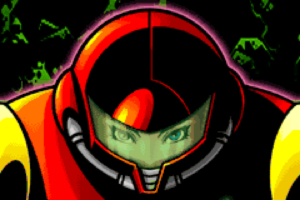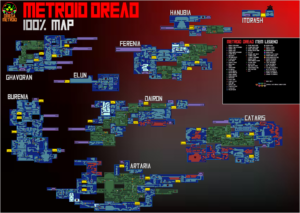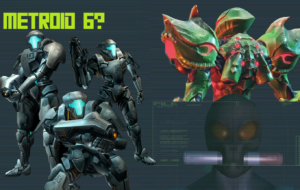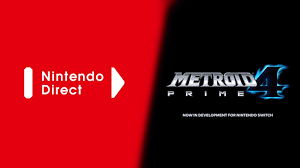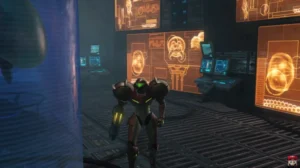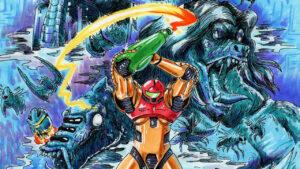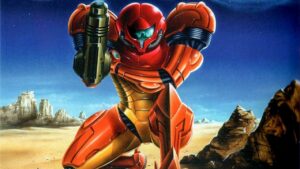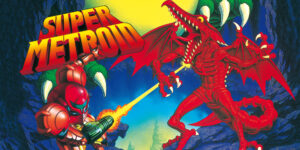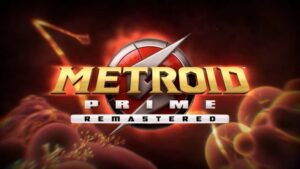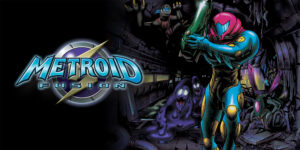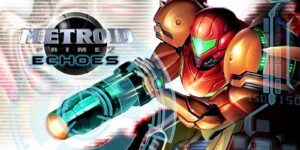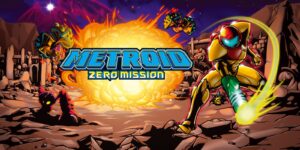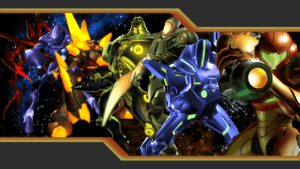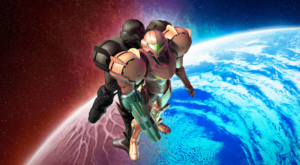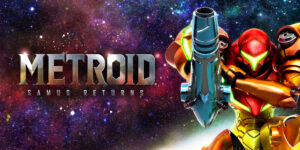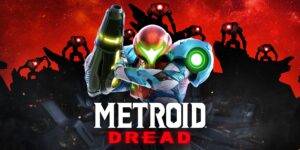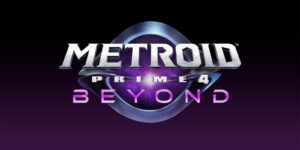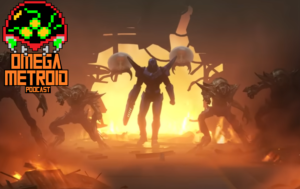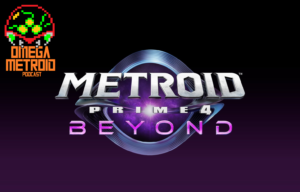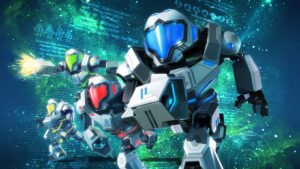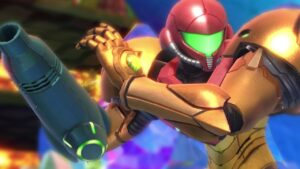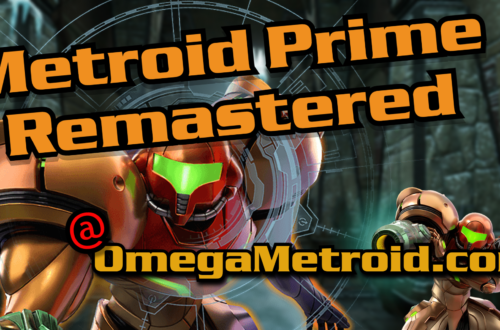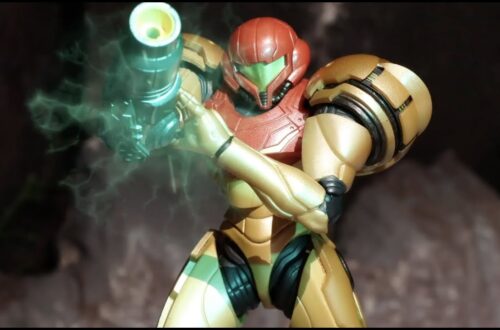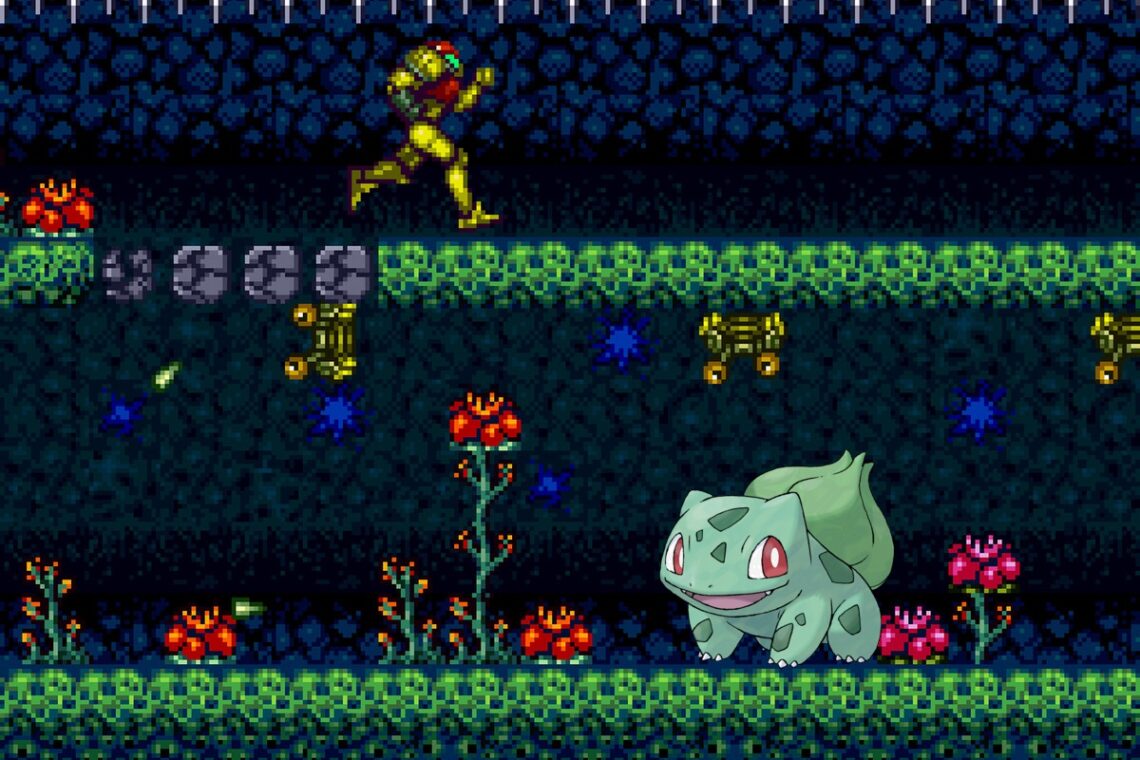
RANDOM: I Was Bored At Work, So I Asked What Would Each Metroid Area’s Pokémon Type Be?
You’ve had those days.
You’re at the end of the week. The boss has taken off early. You’re in that weird spot where you’ve finished all your work, but don’t have enough time to start and finish a new project. You’re just sitting at your desk, looking at the clock, and counting down the minutes. For me, that day is today. In my boredom, my mind started wandering towards video games, as it often does, and to no surprise, Metroid was at the forefront of my thoughts. I started thinking about new ideas for features and contests for Omega Metroid (more on that later!), humming the Tallon Overworld theme, and started expanding on my admittedly fan-fictiony idea for the next 2D Metroid.
Importantly, at the same time, I was also casually playing Pokémon Go, which I’ve actually gotten back into lately after a multi-year break. I was making nice throws, catching Alolan Rattata’s, battling Team Rocket Grunts, and just generally schmucking around. With the left side of the brain focused on Metroid, the right side playing Pokémon, I suddenly had a perfect fusion and started thinking how the two could interact. From there, I started wondering if Metroid areas were Pokemon types, which areas would be what?
Looking over and seeing there was still 90 minutes left before clock out time, I knew what I had to do. As clear as if my destiny was inscribed on a tablet stone, I knew I had to go through Metroid games, area by area, and assign them Pokémon types. Here are my results!
Wait, what the heck are Pokémon types??
Okay, just in case anyone didn’t know, each Pokémon has a “type”, i.e., Pikachu would be an Electric type Pokémon, Squirtle would be a water type, etc. Some Pokémon are dual type Pokémon, like Bulbasaur for example, who is a Grass/Poison type Pokémon. Being a dual type comes with advantages, like a wider move pool and more stat bonuses when attacking in battle, but also comes with disadvantages such being weaker to a more broad type of moves. Each type has advantages and disadvantages over others (think rock, paper, scissors, except with 18 different items), so utilizing and maximizing different Pokémon types is key. For anyone unfamiliar with what the different Pokémon types are, here’s a refresher:
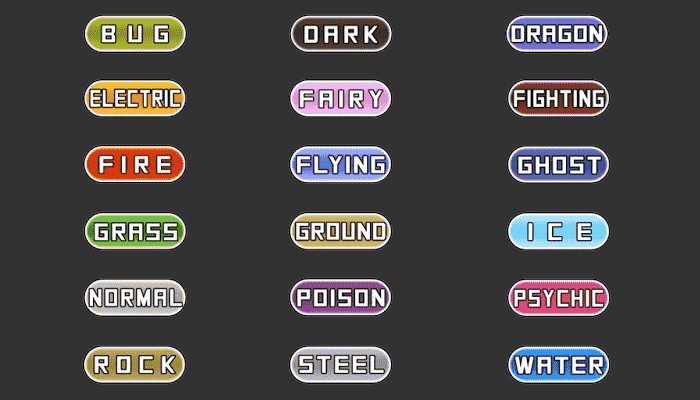
Now, with that out of the way, let’s get to the games!
Super Metroid Area Pokémon Types
Crateria – Rock/Dark
Green Brinstar – Grass
Red Brinstar – Poison/Bug
Maridia – Water/Ground
Wrecked Ship – Ghost/Steel
Norfair – Fire/Rock
Lower Norfair – Fire/Dragon
Tourian – Psychic
Crateria is certainly cavernous, so Rock is a no-brainer, but I thought Dark was also appropriate since the opening is fairly creepy. Dividing Brinstar into two sections, Green Brinstar and Grass seems very appropriate, while Red Brinstar gets the Poison/Bug combo for being full of, well, bugs and hazardous areas. Maridia is fairly straight forward, as is Norfair. Lower Norfair, however, gets the rare Dragon type due to a certain you-know-who lurking in the depths. Wrecked Ship gets the Steel/Ghost tag, while Tourian gets Psychic. Admittedly, this might be a stretch, but I figured that we’re told that Mother Brain controls Metroid’s via telepathy, soooo? If anyone has any better suggestions, I’m open to changing this.
Now, on to Metroid Dread!
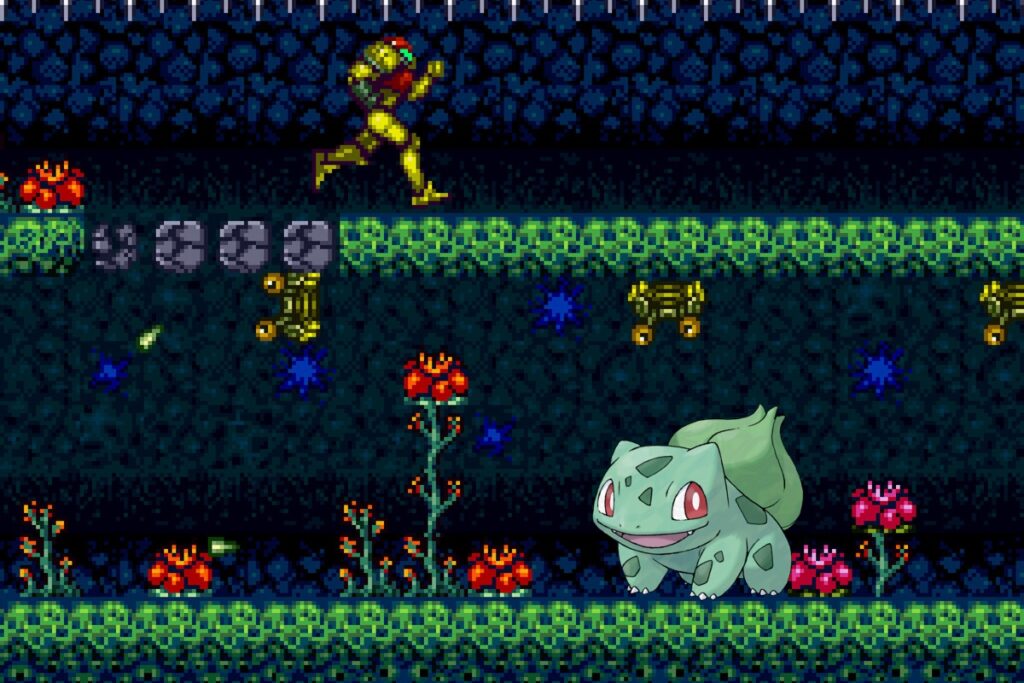
Metroid Dread Area Pokémon Types
Artaria – Rock/Ice
Cataris – Fire/Electric
Dairon – Steel/Dark
Burenia – Water
Ghavoran – Grass/Bug
Ferenia – Fairy
Elun – Psychic/Poison
Hanubia – Normal
Itorash – Flying/Fighting
Metroid Dread has a multitude of areas, so let’s start with Artaria, which gets the Rock nod obviously, but also the Ice one as well due to the planet freezing for a short spell. Cataris gets the obvious Fire type, as well as the not-so-obvious Electric type, due to the amount of machinery and switches needed to activate the furnace. Dairon gets Steel/Dark, Burenia is an obvious pure Water type, and Ghavoran gets Grass/Bug. Ferenia was a tough area to assign a Pokemon type to, but I ended up on Fairy just due to the mysterious energy that flows in this wrecked Chozo city. Elun gets Psychic/Poison for its connection with the X parasite, while Hanubia doesn’t really have anything distinguishable, so it gets the Normal type. Lastly, the fortress of Itorash gets the Flying nod since, well, it flies high above ZDR, as well as Fighting since there’s really not much else to do there other than throw down with Raven Beak.
This is fun! Let’s do Metroid Fusion next!
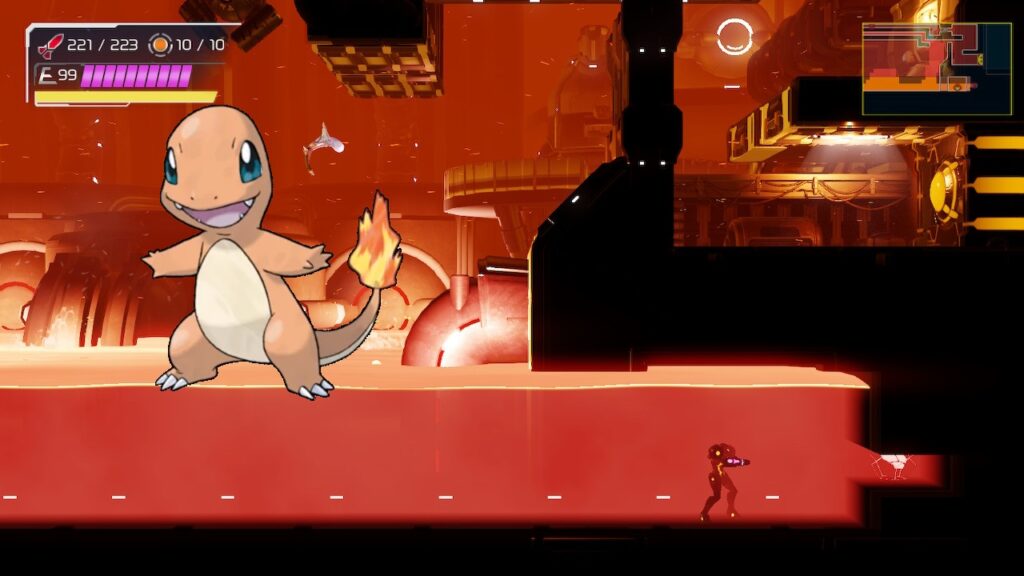
Metroid Fusion Area Pokémon Types
Main Sector – Normal
Sector 1 – Ground
Sector 2 – Grass
Sector 3 – Fire
Sector 4 – Water/Electric
Sector 5 – Ice
Sector 6 – Dark
Restricted Zone – Psychic
The areas of Metroid Fusion are relatively small compared to other 2D Metroid games, so I thought that maybe the areas should be simpler, pure Pokemon types. Starting with the Main Deck, it seems like it should be a neutral Normal type (which, btw, this type often gets a bad rap, but Normal types aren’t weak to almost any other type) since it’s your hub section. The sectors of Metroid Fusion are also fairly well defined in the game, so assigning the types was easy. Sector 1 gets Ground, Sector 2 is Grass, Sector 3 burns Fire, Sector 5 is clearly Ice, and Sector 6 is literally called NOC, which may as well be Dark. Sector 4 is the only dual type, getting Water (duh) as well as Electric due to the wires and current in the water. Lastly, the Restricted Zone gets Psychic, mostly just based on my earlier flimsy logic about Metroid’s and telepathy.
Still got a bit of time to go, so let’s squeeze in one more before it’s time to clock out!

Metroid Prime Area Pokémon Types
Tallon Overworld – Grass/Fairy
Chozo Ruins – Ground/Ghost
Downed Frigate – Water/Steel
Magmoor Caverns – Fire
Phendrana Drifts – Ice
Phazon Mines – Poison/Rock
Artifact Temple – Flying/Dragon
Impact Crater – Dark/Fighting
We couldn’t do this list without getting some of the Prime areas in, right? Starting off, I’ve split up Tallon Overworld in half, giving the Downed Frigate an obvious Water/Steel type, while giving the Overworld proper the surprising combo of Grass/Fairy. Fairy is a type that’s fairly open to interpretation, and there’s just something magical about the Tallon Overworld, so Fairy felt right. The Chozo Ruins get the Ground type, as well as Ghost due to all the Chozo spirits running around. Magmoor and Phendrana get the obvious Fire and Ice types, respectively, while the Phazon Mines get Poison to represent the Phazon, and Rock because, well, it is a mine. The Artifact Temple gets the Flying/Dragon type due to the brawl that goes down in this sacred hall, while the Impact Crater gets Dark and Fighting, since you fight a mutated Metroid in the dark depths of Tallon IV.

Well, I’ve successfully killed the last little bit of time left on the clock, and I have to say, as a Metroid fan and a Pokémon fam, this was pretty fun! Let me know in the comments below if you’d ever like to see me finish the rest of the Metroid games should I ever have a slow day like this again!

Andy Spiteri is the Webmaster of Omega Metroid and Host of the Omega Metroid Podcast, The Zelda Cast, and Virtual Theater. Probably drinking a Tim Horton’s Double Double as you read this.


